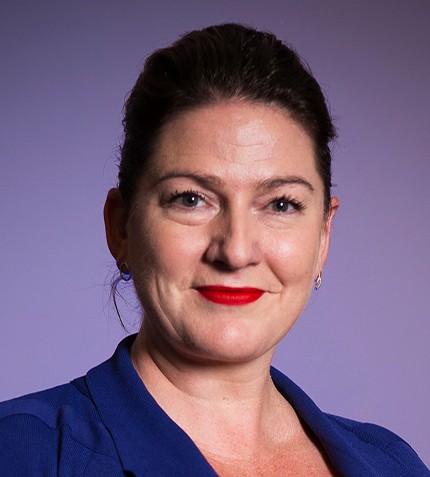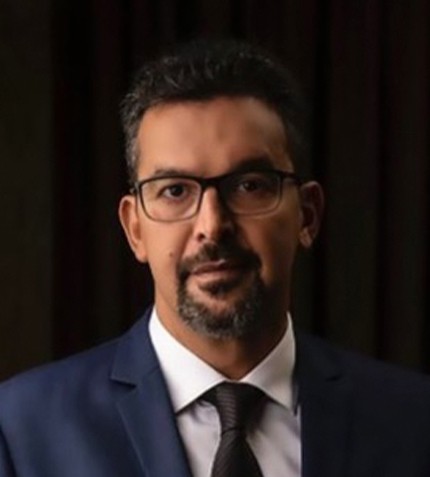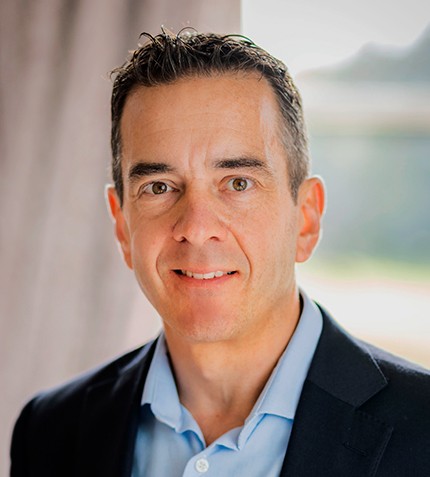
"Our main focus in Brazil remains on ensuring full and fair reparation and compensation, and investing in the safe and sustainable restart of Samarco’s operations."
Carla Wilson
GENERAL MANAGER, BHP BRASIL
Could you provide an overview of the main milestones achieved by BHP in Brazil in the last 24 months?
As a Samarco shareholder, since the Fundão dam failure in 2015, BHP Brasil has always been and remains fully committed to doing the right thing, the right way, in the reparation and compensation processes. That´s why, since then, we’ve been actively focusing our efforts on the extensive remediation efforts being undertaken by Fundação Renova, as well as the safe and sustainable restart of Samarco’s operations.
More than R$31 billion has now been spent on financial compensation and reparation, with around R$15 billion paid in compensation and emergency financial aid to approximately 427,000 people. The resettlements of the Bento Rodrigues and Paracatu communities are now moving towards their final stages, with 75% of resettlement cases now completed.
Samarco restarted operations in December 2020 and is operating safely and sustainably, without a tailings dam, at around 30% of its full capacity. Samarco’s judicial reorganization plan was approved by the Brazilian Courts in early September, which allows Samarco to maintain operational and financial sustainability into the future, as well as guarantee the continuity of all the reparation efforts.
What are the strategies to promote sustainability and safety in Samarco, including recent investments in new filtration systems?
Samarco currently operates without a tailings dam, instead using a filtration and dry stacking solution for tailings. As shareholders, we have recently approved R$1.3 billion investment to restart a second concentrator, which will increase pellet production capacity to approximately 16 million t/y (100% basis) again through filtration and dry stacking, without a tailings dam. We expect to deliver first production in the March 2025 quarter, and once operating Samarco will reach 60% of its original production capacity.
Our social value goals are embedded in our corporate strategy, operational plans and capital allocation. An example is that BHP has advanced female employee representation to more than 35%. We are also on track to deliver our FY30 target to reduce operational GHG emissions by at least 30% from FY2020 levels, and we have a goal to achieve net zero GHG emissions by 2050. In FY2023, we decreased operational emissions by 11 per cent from FY2022, primarilythrough renewable electricity supplies, and zero scope 2 emissions were registered at Escondida and Spence (both in Chile). In addition, we are working on electrification to eliminate diesel and are collaborating with OEMs and industry, and anticipate first deployment of battery electric trucks from 2028 and locomotives from 2029 at our Western Australian iron ore (WAIO) operations.
What technological innovations has BHP implemented to increase production in the coming years?
Globally, we are building a strong portfolio that is key to the development of the modern world: Copper for electrification and the energy transition, potash for food security, nickel for batteries and iron ore for infrastructure. The modern world will need more of these resources and at BHP we are ready to provide them. This means that we are executing different innovations to increase production. As an example, in Chile we are using artificial intelligence to increase our copper recovery and we are using blockchain technologies to track our emissions.
What are the main advantages and challenges of operating in Brazil in comparison to other mining jurisdictions?
Our main commitment in the country has been ensuring full and fair reparation and compensation following Samarco’s dam failure, as well as the safe and sustainable restart of Samarco’s operations.
More recently, following BHP Group (Australia)’s acquisition of OZ Minerals in May 2023, the Brazilian assets of OZ Minerals located in Carajás, Pará, became part of the BHP group's portfolio. Given that until now BHP has not operated in Brazil, we are undertaking a strategic review of the assets to understand the potential in terms of resources and opportunities in the region and learn more about operating in the country.
What are BHP´s strategic objectives to grow in Brazil for the next 24 months?
We have a global strategic approach: To provide the commodities the modern world needs, and Brazil is a very important country when it comes to strategic resources and critical minerals. Our main focus in Brazil remains on ensuring full and fair reparation and compensation, investing in the safe and sustainable restart of Samarco’s operations, and reviewing OZ Minerals operations in the country, which we are expecting will last between 12 and 18 months.










